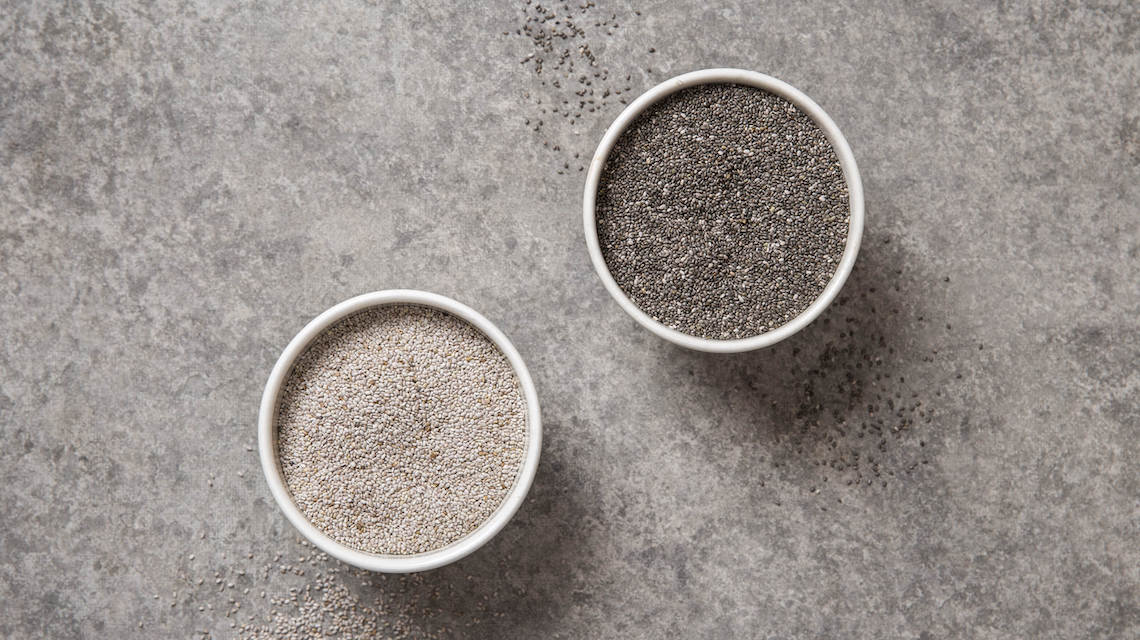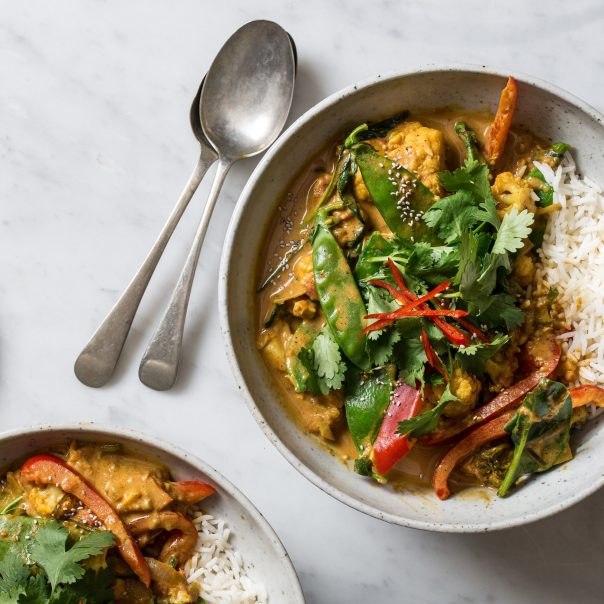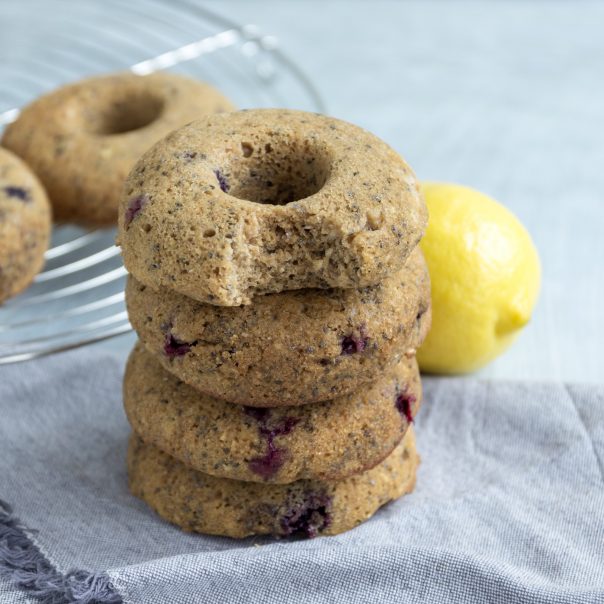One of the most common questions we get asked is “what is the difference between black and white chia?” — and the simple answer is, nothing!
The outer-shell colour of chia seeds is really the only difference between black and white chia. Both seeds share the same neutral taste, the same versatility of use, and (most importantly!) the same amazing nutritional profile.
But, while there’s no difference between black and white chia, you should be careful to avoid brown chia seeds, as the colour is a sign of immaturity. Brown chia seeds either lack sufficient sunlight and water to mature properly, or they’ve been hit by a climatic event, such as frost on the crop.
As long as your seeds are black or white, you can be sure you’re getting the most nutrient-rich dose of Omega-3, dietary fibre and protein.
How to choose the right chia for you
While black and white chia both offer the same fantastic nutritional benefits, there are some superficial differences that might impact your choice.
Some people believe that the outer shell of white seeds are slightly softer, meaning that white chia is easier to “gel-up” when blended with liquid and therefore the better choice for chia puddings or smoothies. However, our experience shows both black and white seeds are equally suitable for these purposes.
For the most part, the only reason we would ever recommend using one colour over another would be whether you want the chia seeds to be visible in your cooking or baking! The colour of the seeds might blend in better with the colour of whatever you are making, so if you’re wanting the seeds to stand out or to be invisible (for fussy little eaters!) you should choose the best colour to suit your needs.


